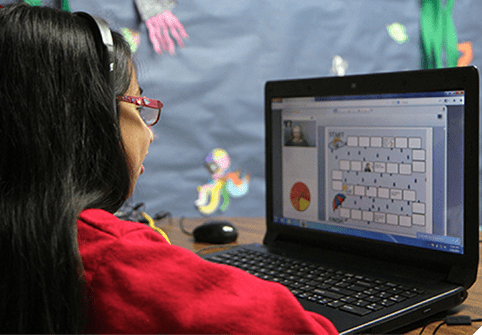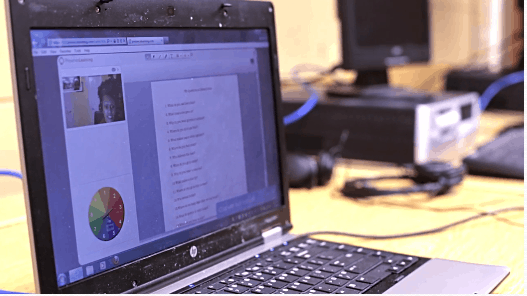Telepractioner: Providing the Next Generation of Student Support

When I think about Next-Gen education, I think personalized, blended, and student-centered. I think about schools doing whatever it takes to engage and excite students. I think of personalized learning plans and learner profiles — all concepts that special education teachers and practitioners have been doing for years. Next-gen learning ALSO offers new tools and technologies that offer efficiencies and opportunities for educators. Telepractice, also known as telehealth, is the next generation of therapy, and the telepractioner, the next generation of therapist.
What is a Telepractitioner?
In the educational setting, telepractitioners include: speech-language pathologists, occupational therapists, psychologists, social workers, and special education teachers who provide online services. More here on what that looks like.
What Does Telepractice Look Like?
I asked our friends at PresenceLearning, Getting Smart Advocacy Partner and leading telehealth provider, about the clinicians who are working in the telehealth field. VP of Marketing, Katie Povejsil shared six personas that make for happy telepractitioners:
- Family-Flexers. Those who enjoy the part-time and work-from-home opportunities and utilize telepractice to spend additional time with family.
- Movers. Those who have a spouse in the military (or other mobile profession) and need to grow wherever they’re planted.
- Not-Quite-Retirees. Those who are facing retirement and but not quite ready to give up working with kids.
- No-Nonsense Providers. Those who have had enough of the daily commute and extracurricular demands and are looking for a different way.
- Extra-Earners. Those who are willing to work extra hours (even in another time zone) to supplement their income.
- Adventurers. Those who are intensely curious and intrigued by the idea of telehealth. These lifelong learners are up to try something new and expand their skill set.
If you are interested in learning more about the role of the telepractictioner, check out these interviews with SLPs and check out the recording of the Living the Dream webinar.
For more on PresenceLearning, check out:







0 Comments
Leave a Comment
Your email address will not be published. All fields are required.